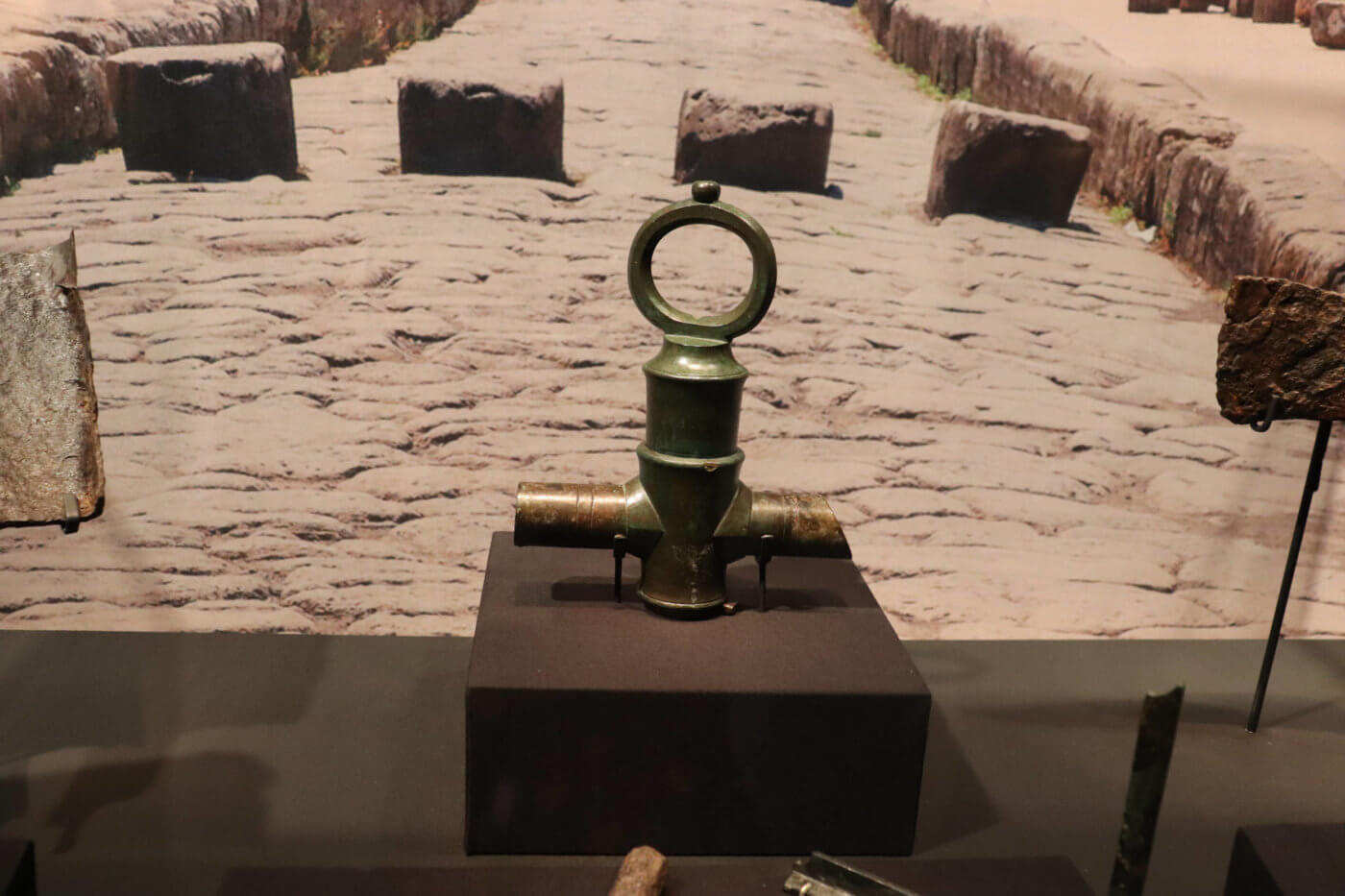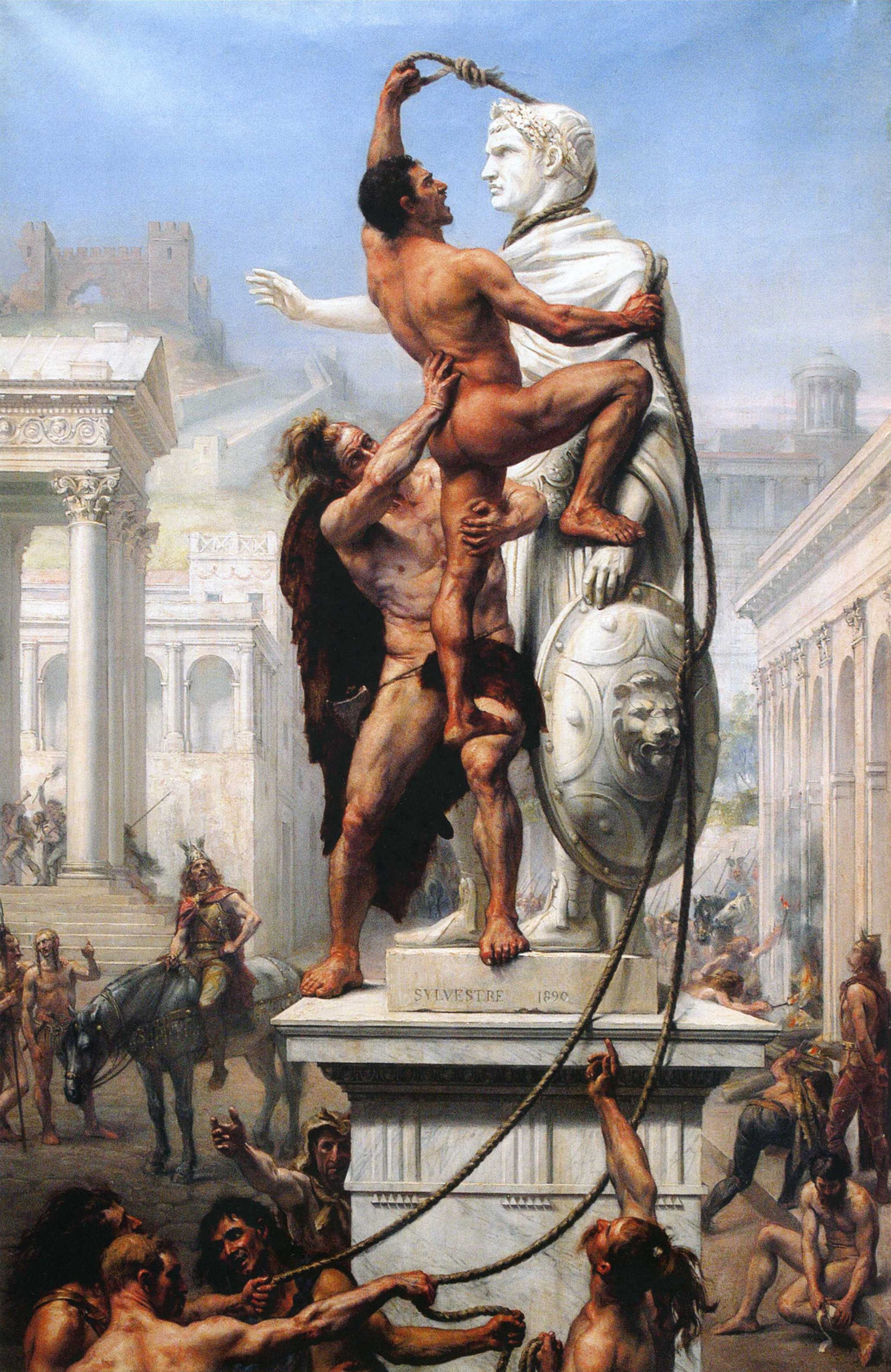Roman Military Training - During the early Roman army, each soldier had to provide his own tools, equipment and food. The landless and the poor excluded the rich who taught cavalry All Roman soldiers had three things in common. They organized disciplined and loyal training. All new recruits for the war became very prepared and disciplined. The training is tough and so are the penalties for failure. Emphasis is placed on physical weapons training techniques
3 The Roman Army The real success of the Roman army came from their organization. During the republic, the army was divided into groups of 100 called centenarians. Every century is a young centurion. Within each century people were organized into smaller disciplined groups or about 10 called contuberium. During the time of imperialist Rome, the army was organized into legions (6000). Each group is divided into several smaller groups and includes a horseman, messengers, engineers, doctors and a catapult maker. The Roman army will be among the soldiers
Roman Military Training

4 Lomunu is very resourceful and uses different methods depending on the situation. One of the most famous battle formations is called ``turtle'' which allows them to advance towards the enemy under the protection of their shields.
Roman Army Facts
Sticking to new areas It is often difficult to stick to new areas. Rome was able to achieve peace by using political and military policies to become "Mother Italy". The Roman constitution did not destroy the cities, but it gave them certain rights. some became full Roman citizens, some became Roman citizens with private rights, some were allowed to become autonomous, some were allowed to become "comrades" All had to provide troops and money - focused on Roman military regulations Rome was stationing soldiers on lands acquired as payment for their service. fought for Rome with the money of Roman citizens in permanent military settlements in conquered lands lived for peace within Italy by invasion responded quickly and harshly to rebellions (sold in fear) Rome began to build a large network of roads to keep in touch with her army at work
In order for this website to function, we log user data and share it with processes. To use this website, you must accept our Privacy Policy, including our cookie policy. First of all: I need your help! If you see anything I can improve, be sure I'd love to hear from you. It could be anything. To create this digital image, I used Photoshop, many hours of patience and some new techniques, at least for me. I tried to put some textures on it, some dust everywhere, try anything to give you a clear picture. I'm no expert on it, but it's a start, others will follow. I also think I've made a little progress in putting on muscle :)
I'm not happy with the speed of painting, I'm very slow (but it's getting better...). There is something generally wrong with this picture but I don't know what or why I need it! Is it a summary? Are those colors? Or maybe texturing is not enough now? What do you think?
Some history: Ancient Roman soldiers were well trained. It is their duty to train every day, and they know why: their lives depend on it. With this new picture, I want to show a group of soldiers, after testing, who have started training, under the supervision of a doctor (soldier in charge of training). Training, above all for a beginner, is a journey. They will walk a lot with their packs for miles and miles and miles... This will give them endurance and discipline. But they will also learn to swim, run, jump, do hard work, etc., all to keep fit.
Rise Of The Romans.
Roman soldiers were educated, of course, they also had fighting tactics: in my picture you can see that a young soldier uses a rudis, a forged sword made of wood, but much heavier than a regular steel gladius. He also uses wicker stone (for an artist it's terrible to draw...). These fake weapons are difficult to use, but not as deadly as the real ones. If beginners can use them, it will be much easier to use their real equipment in battle.
I don't know if they use their lorica (armor) during training or if they have some other heavy armor required for training like rudis...
I hope you like it, I'm still working on it! I hear loud thunder outside my house, which prevents me from posting this online... is that a bad sign? : (The Roman army was one of the most successful divisions in history. For more than a thousand years, Roman soldiers and their auxiliaries dominated the battlefields of Europe, Africa and Asia. .

Each group has about 5,000 people. A total of 120 fighters retire each year after twenty-five years of service. Allowance for veterans' retirements, discharges, casualties and transfers requires about 250 new recruits annually.
The Roman Empire Army And The Legions, Uniform & Armor Information, Images, Weaponry
Important roles in the recruitment process are played by military doctors who examine the health of candidates and weapons instructors, who teach recruits how to fight. Both doctors and educators are part of immunity. Them
Exempt or immune from regular duties such as digging trenches or patrolling and also paid better than regular soldiers.
The Roman army preferred rural recruits to urban ones. Men from the countryside are more physical and more used to harsh environments. Men with manual occupations such as carpenters, blacksmiths or hunters are preferred.
The Romans also wanted to train soldiers from certain regions that were known for having good warriors and warriors.
Imperial Roman Army
The most important source of recruits was the Illyricum region (modern Albania, Kosovo, Montenegro, Serbia, Bosnia and Herzegovina, Croatia and Slovenia together). The people of Ilikum were known for their military prowess.
Military doctors examine individual workers. Applicants must be healthy, physically fit and at least 168 centimeters (5.5 feet) tall. All employees must be Roman citizens and at least seventeen years old. Recruits who did not have Roman citizenship joined the army.
A letter of recommendation from a senior officer or veteran increases the chances of being accepted into the military. Also, candidates must be single. If they marry, their marriage is solemnized with the help of the military.
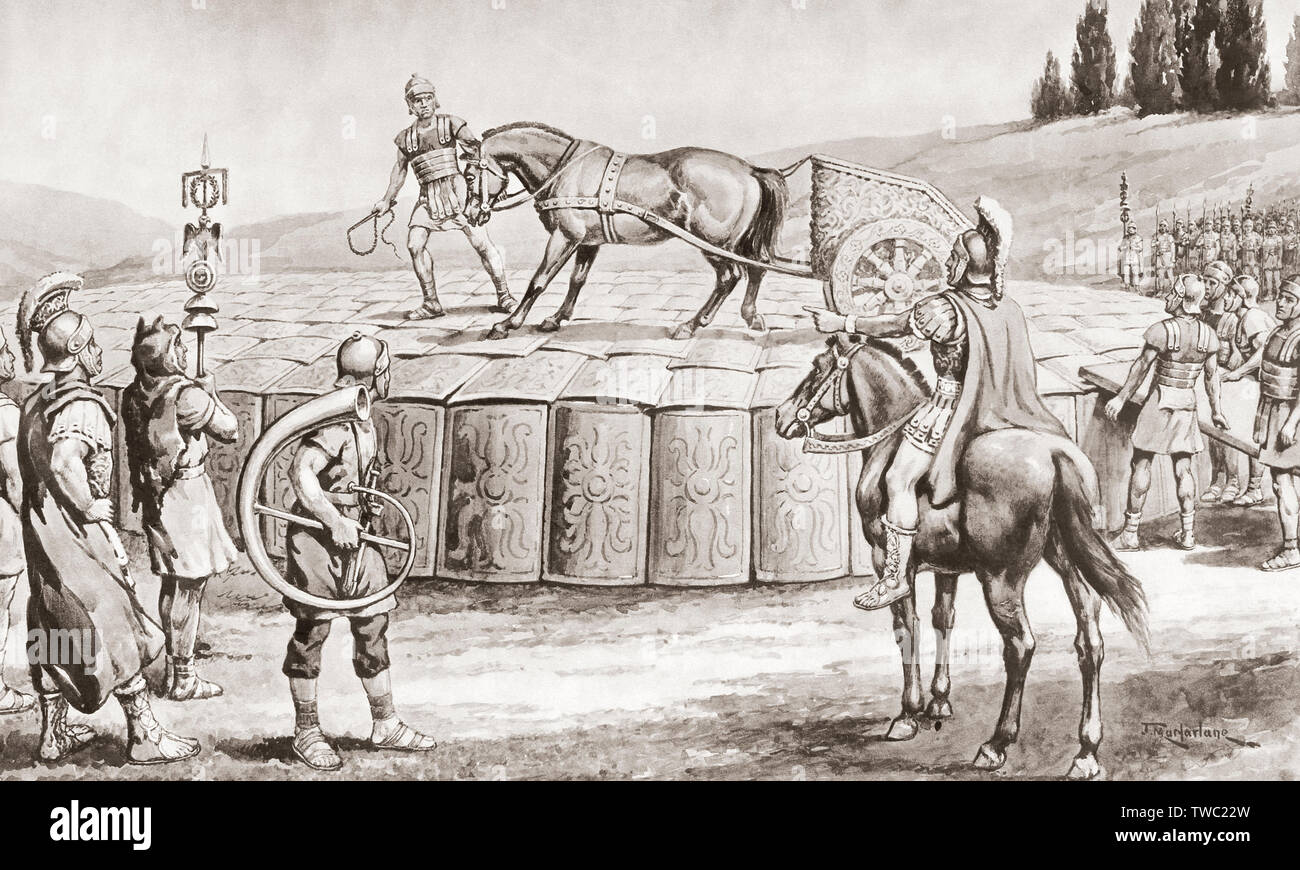
There are always enough soldiers for the army, because being a soldier means good pay, better food and health care and a pension. Soldiers coming from auxiliary units received Roman citizenship when they finished their service.
Famous Ancient Roman Gladiators
Once hired, employees must undergo a rigorous four-month probationary period. These four months include forced tours with full equipment, weapons training and formation exercises. Recruits are pushed to their physical and mental limits.
The first thing the recruits learned was how to choose. In order to have a formation, it is important that each soldier has enough strength and knows how to move at the same speed.
Recruits had to cover twenty-nine kilometers (eighteen kilometers) within six hours while carrying twenty kilograms (five pounds). In the next phase of the testing process, they must cover 35 kilometers (twenty-two kilometers).
Company employees travel in all weather conditions. They walked around on the hills, because it was a big challenge to hold the foundation on the uneven ground.
Ancient Roman Innovations Montessori Three/four Part Cards
It is interesting that Roman soldiers were taught to swim. The Romans believed that swimming was the best exercise for keeping soldiers healthy and fit.
When the Roman army marched into enemy territory, it was very important to build a camp for protection during the night. So every Roman soldier had a shovel as one of his tools.
So the Romans made great efforts to teach the recruits how to build a camp. The camp, with roof, tent and palisade, had to be erected in five hours.
Recruits must be instructed in the ways of exchange camps, there is no part of discipline so important and useful as this. - Roman writer Vegetius3. Weapons training
Schools Festival Audio: The Life Of A Roman Legionary
Recruits must train twice a day. The workshop was held outside. Weapons instructors teach recruits hand-to-hand combat, horse throwing, tactics and battle formations. They used wooden swords and woven shields that were deliberately twice as heavy as real equipment to increase the strength of the workers. Also, the spears are heavier than the real ones for the same reason.
Recruits were trained to stab rather than stab with their swords. Shock is more effective because only a wound five centimeters (two inches) deep can be fatal. On the other hand, killing enemies rarely kills enemies because armor and bones remove the damage.
The shaking allowed the soldiers to hide behind their large shields and conserve energy to fight for hours.
In addition to fighting with swords and shields, recruits learned to throw spears and ride a horse equipped with equipment for both sides.
Roman Legions: The Backbone Of The Roman Military
Interestingly, every legionnaire was trained to use a sling. About twenty-five percent of all
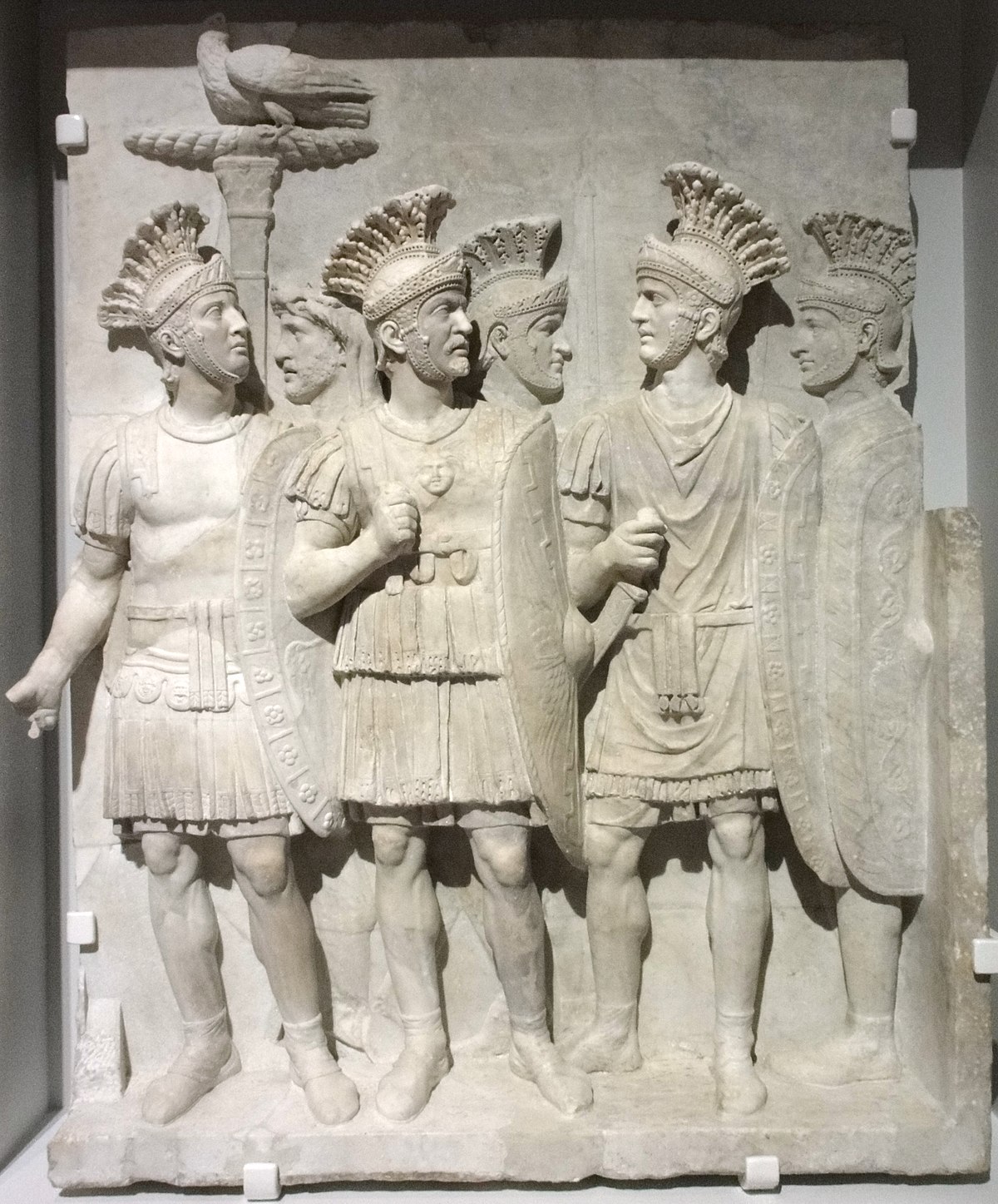

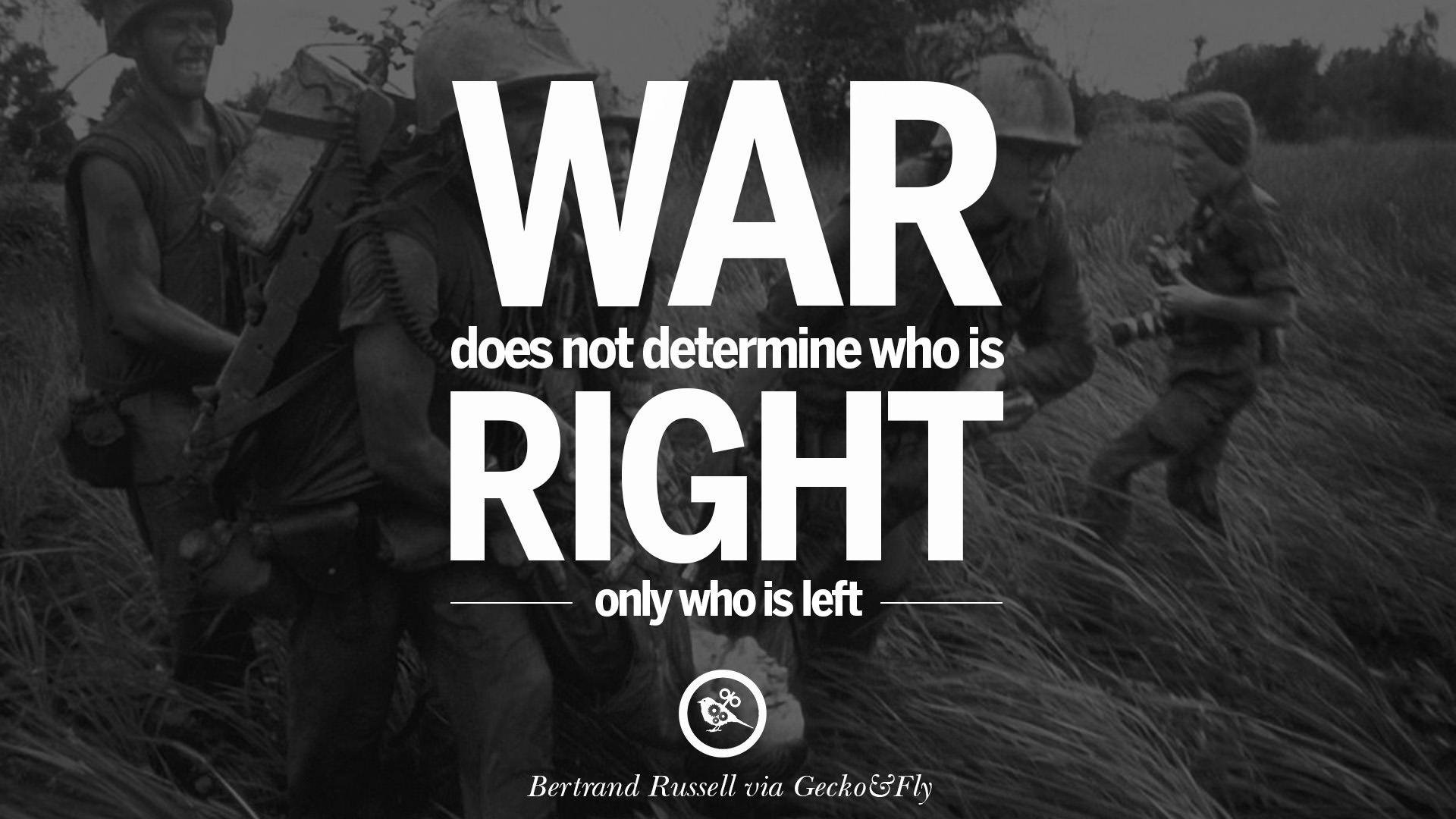
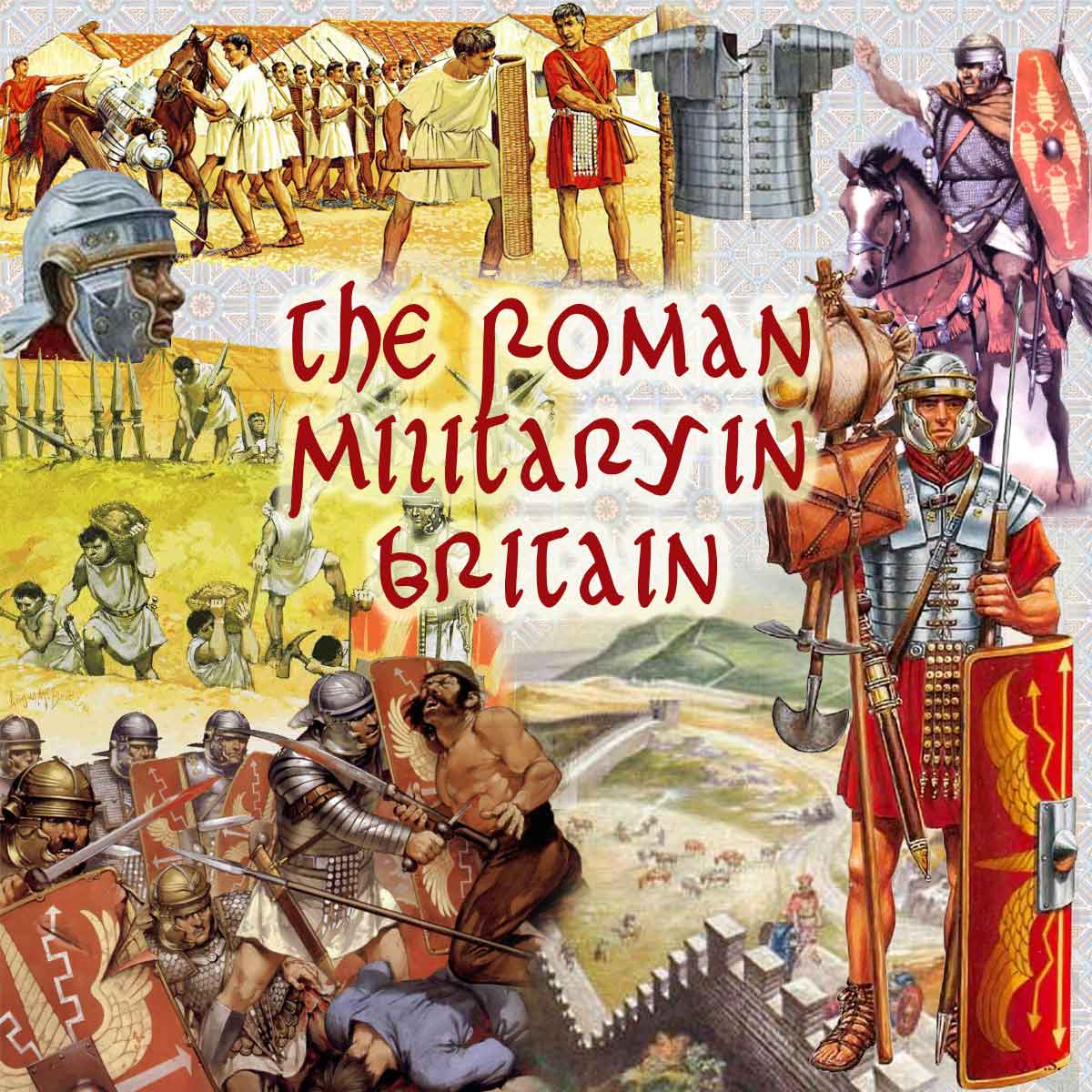


/cloudfront-us-east-1.images.arcpublishing.com/gray/PNL4R5FJDZH3DGOA3L37HXFQA4.jpg)







